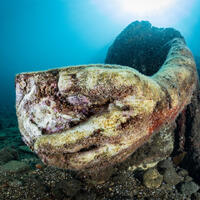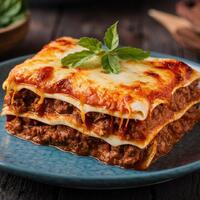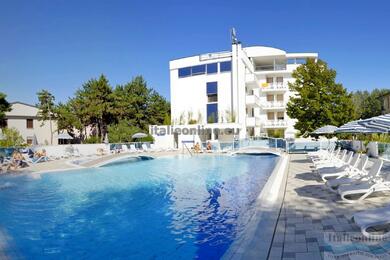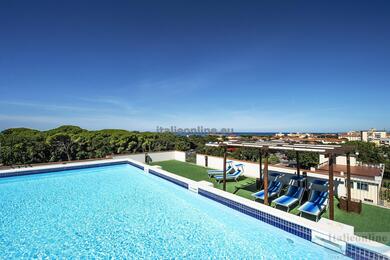Northern Italy, as already mentioned, is the more modern part, which brings its own advantages, such as well-organised cities and impressive new buildings. On the other hand, the north lacks the charming atmosphere of ancient monuments that can be found in southern cities such as Rome and Naples. If you want to experience the real authentic Italian atmosphere in all its shades, I recommend the south of Italy - where unforgettable experiences await you. But every part has its advantages and disadvantages.
The south of Italy is based on its deep-rooted traditions, but this means that some methods are outdated and the organisational structures of cities can be less efficient, which is also reflected in the transport sector. In Rome, for example, visitors wait a while for a bus, which is usually delayed; you wouldn't get this in Milan.
We will now look at specific examples and compare the differences between the two parts of Italy. We will start from a traditional Italian wedding. In the north, the wedding ceremony is short, usually in a church, and attended by close friends and family. The ceremony is followed by a reception with cake and drinks. In the south, the celebration begins the day before the wedding at the bride's house, where dancing, drinking, feasting and singing take place. Usually the whole neighborhood is invited to celebrate the last day of the couple's freedom. As such, the wedding is long and the whole family attends, including many other relatives and friends, so it often has several hundred participants. After the ceremony, the big party begins, lasting until at least midnight, if not longer.
During the holiday season, people in northern Italy usually spend their free time on longer hikes, skiing and other sports, as the region is famous for its Alps, including the Dolomites. On the other hand, holidays in southern Italy are quite different - Italians often enjoy relaxing on the beaches with relatives or booking a stay in a hotel.
Sunday in Italy is seen as a day of rest in both the north and the south, but the way it is spent differs on both sides. In the north, the last day of the week is devoted to various relaxing activities such as walks with friends, lunch in a restaurant, etc. In the south, on the other hand, Sunday is reserved for family time. People meet for lunch at the grandparents' house and stay at home, because grandma would be offended if someone preferred a restaurant to her home-cooked meal, which she claims is impossible to find better.
One interesting observation that can be very helpful is that, whether it's for coffee or another meeting, you can expect the person in question to arrive on time. However, in the south, I don't recommend rushing to a meeting, as it is perfectly normal there for your counterpart to be at least 30 minutes late.
In the north, the relationship between neighbours is friendly but remains rather superficial. They are only neighbours who say hello to each other and occasionally exchange a sentence, but otherwise everyone lives their own lives. In the south, neighbourliness has a different meaning - it's like being part of a family. People visit each other regularly, share lunches and dinners together, and know almost everything about each other.
For those who seek excitement in the mountains and crave the heavenly views of the Alps and Dolomites, head north. Those, on the other hand, who want to discover the soul of Italy, taste delicious food and immerse themselves in interesting traditions, head south.







